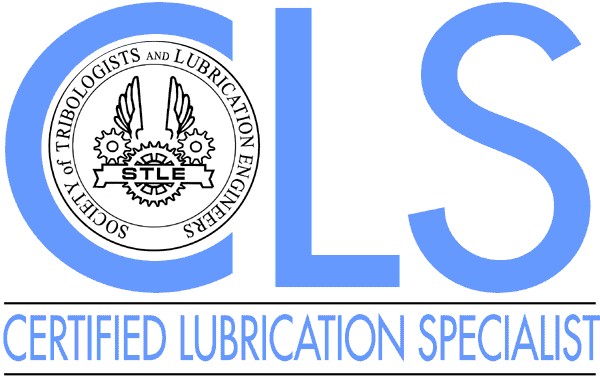
Photo courtesy of Carbon Engineering Ltd.
“We would like people to be recycling their fuel in the same way that they recycle other things”- Steve Oldham, CEO of Carbon Engineering
On January 9, 2019 Carbon Engineering (CE) announced the investment of Chevron Technology Ventures in CE’s technology called “direct air capture” (DAC). CE’s DAC technology refines carbon dioxide out of the atmosphere and combines it with hydrogen from water to create gas or jet fuel. The DAC process reduces the impacts of climate change by using the Earth’s atmosphere as a way to recycle fuel.

Photo Courtesy of Carbon Engineering Ltd

